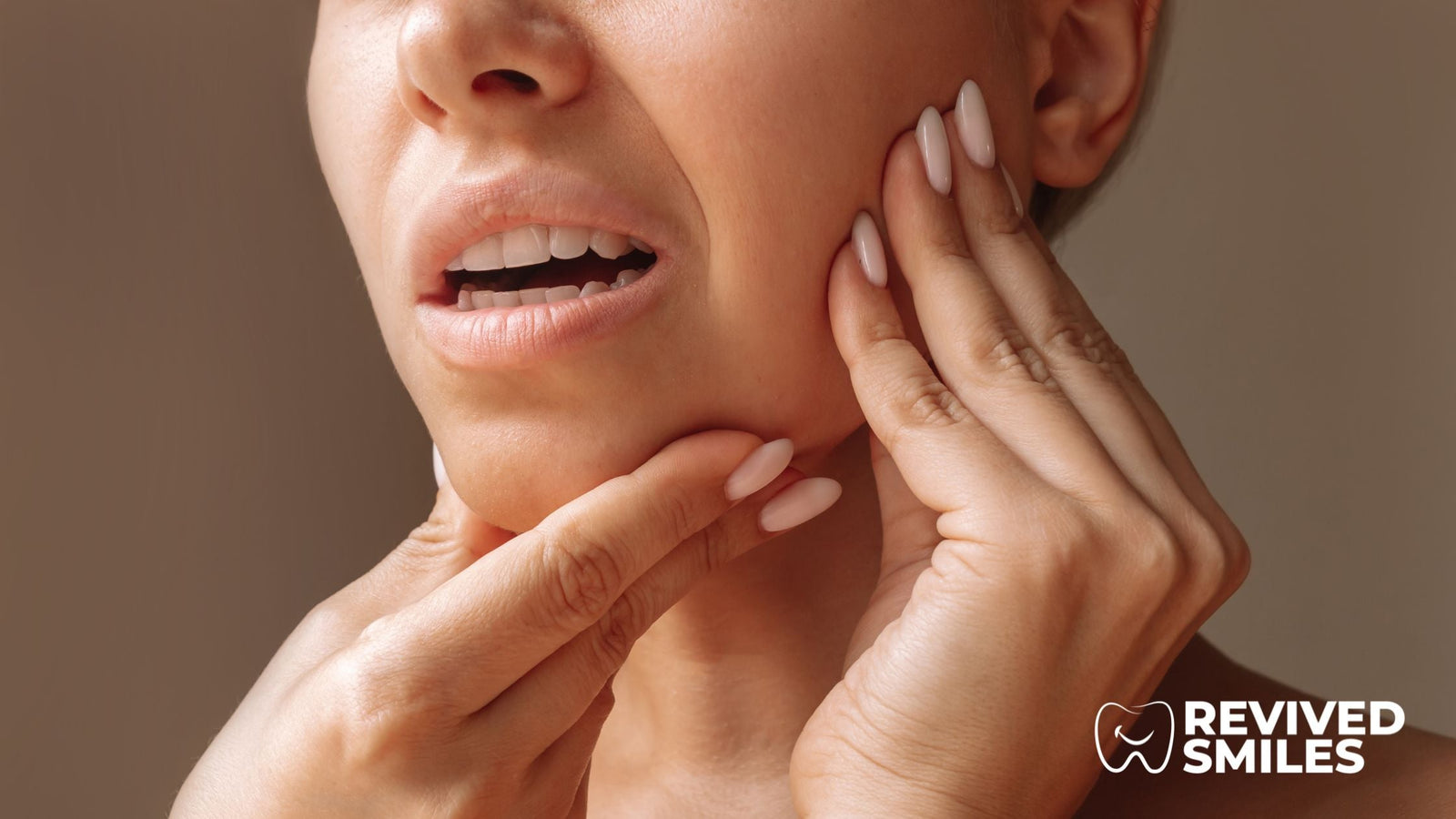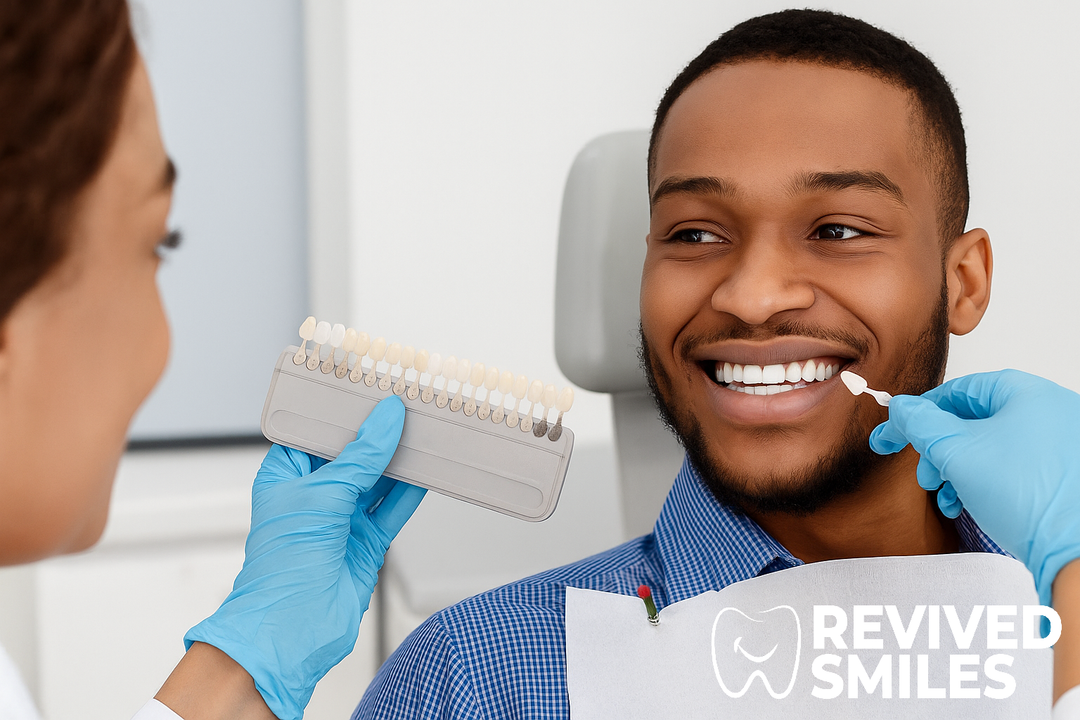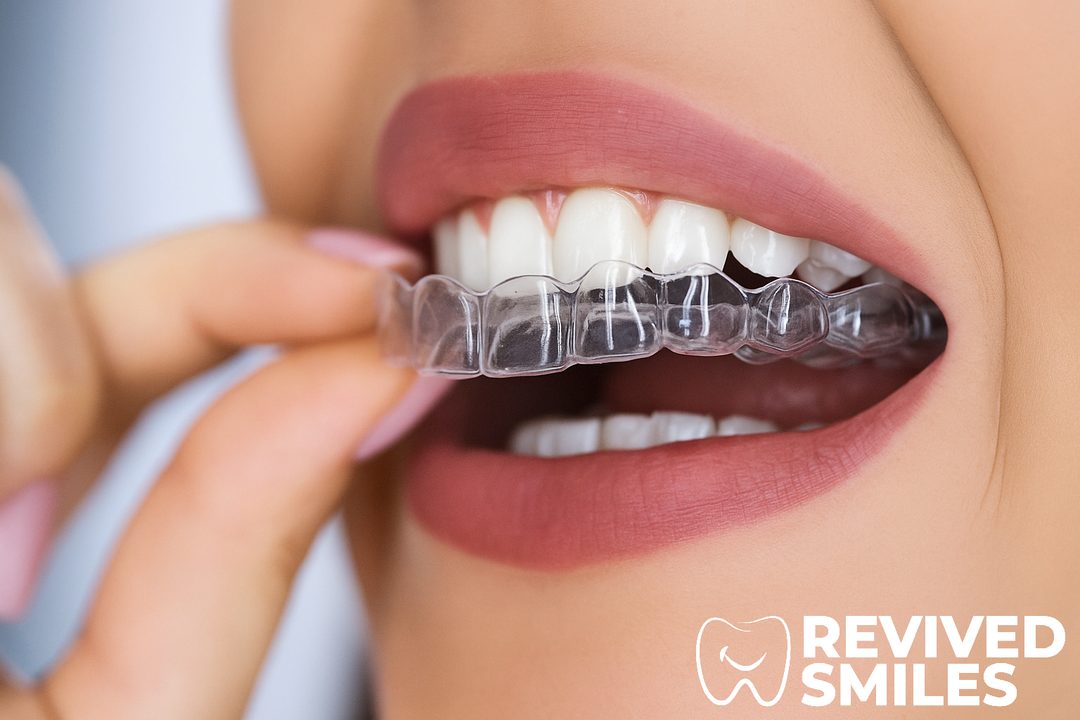How Partial Dentures Preserve Jaw Structure: Benefits, Types, and Long-Term Health Impact

The structure of the jaw is a complex system that depends on the presence and health of teeth to maintain its shape and strength. When teeth are lost, whether due to decay, gum disease, or injury, the impact goes beyond just the gaps in your smile. Missing teeth can lead to a series of changes in the jaw, affecting everything from bone density to facial structure.
1. Bone Resorption: The Silent Erosion of Jawbone Density
One of the most immediate and significant changes that occur when a tooth is lost is bone resorption. Our bones, including the jawbone, rely on regular stimulation to remain strong and dense. This stimulation typically comes from chewing and biting, which puts gentle pressure on the teeth. Teeth then transmit these forces into the jawbone, keeping it healthy and active.
However, when a tooth is removed, the bone no longer receives this essential stimulation. Without a replacement, the body begins to absorb the minerals from the unused bone, gradually breaking it down. This process, known as resorption, can lead to a reduction in jawbone volume and density. The rate of bone loss varies from person to person, but studies show that about 25% of bone width can be lost within the first year of tooth loss, with continuous bone loss occurring thereafter.
2. Changes in Facial Appearance
As the bone supporting the teeth begins to shrink, it leads to noticeable changes in facial appearance. The cheeks and lips rely on underlying bone structure for support, and as the jawbone diminishes, the face can start to look sunken or hollow. This often leads to premature aging and a less youthful appearance, as the distance between the nose and chin decreases.
The lower third of the face may appear shorter and more compressed, while the skin around the mouth and cheeks may begin to sag. This not only affects aesthetics but can also alter the way the lips and cheeks move when speaking or smiling, impacting one’s overall appearance.
3. Shifting and Misalignment of Surrounding Teeth
Each tooth is held in place by both the jawbone and the surrounding teeth. When a tooth is removed, it creates a gap, allowing adjacent teeth to drift or tilt toward the empty space. This shifting affects the alignment of the entire dental arch, which can lead to bite problems and increase stress on other teeth, making them more vulnerable to decay or gum disease.
Shifting teeth also create small spaces where food particles can get trapped, making oral hygiene more challenging and potentially leading to plaque buildup and gum issues. Additionally, misaligned teeth can affect chewing efficiency and place uneven pressure on the jaw joints, sometimes causing discomfort or pain in the temporomandibular joint (TMJ).
4. Impact on Jaw Alignment and Function
The alignment of the jaw relies on balanced forces from all the teeth working together. When one or more teeth are missing, it disrupts this balance, which can lead to issues in the temporomandibular joint. TMJ issues are often accompanied by symptoms like jaw pain, headaches, clicking sounds, and even neck pain. Missing teeth can thus affect not only the aesthetic structure of the face but also its functionality, leading to discomfort and, in some cases, chronic pain.
How Partial Dentures Improve Jaw Structure and Function
Partial dentures offer an accessible and practical solution to these structural issues, providing a wide range of benefits that help slow or counteract the negative effects of tooth loss on the jaw and face.
1. Bone Stimulation Through Chewing
Partial dentures help replicate the function of natural teeth by allowing you to chew, bite, and speak more comfortably. Chewing with partial dentures applies pressure to the jawbone, stimulating it to some degree, much like natural teeth would. Although they don’t stop bone resorption entirely, this stimulation can slow down the rate of bone loss. By distributing forces evenly across the jaw, dentures help maintain some level of jawbone activity, which is essential for long-term jaw health.
2. Preventing Shifts in Adjacent Teeth
Partial dentures fill the spaces left by missing teeth, effectively preventing neighboring teeth from drifting or tilting into these gaps. By keeping the surrounding teeth in their natural positions, partial dentures maintain the alignment and integrity of the dental arch. This reduces the risk of bite problems and makes oral hygiene easier, as the teeth remain in their original alignment, decreasing the risk of food and bacteria trapping.
3. Supporting Facial Structure and Preventing Sagging
One of the key aesthetic benefits of partial dentures is their ability to support facial muscles and soft tissues, which helps prevent the sunken appearance often associated with tooth and bone loss. Dentures help preserve the natural shape of the face, maintaining a youthful look by filling out the cheeks and lips. This support keeps the skin around the mouth taut, reducing sagging and maintaining the proportions of the lower face.
When facial support is maintained, the lips and cheeks are positioned as they would be with natural teeth in place. This means that speech patterns remain more natural, and the aesthetic benefits extend beyond a fuller smile to a well-proportioned, youthful appearance.
4. Improving Bite Function and Jaw Comfort
With partial dentures, the process of chewing and speaking becomes more natural and comfortable, which is crucial for preserving the health and function of the jaw. Missing teeth cause an imbalance that forces the remaining teeth to take on more work than they’re designed for, leading to faster wear and tear. By filling in the gaps, partial dentures allow for even distribution of biting forces across the jaw, reducing strain on specific areas.
Balanced bite forces also minimize the risk of TMJ issues, as the jaw joints are not subjected to uneven pressure. For those who have experienced jaw discomfort due to missing teeth, partial dentures can provide relief, restoring comfort and preventing chronic pain associated with jaw misalignment.
5. Slowing Further Bone Loss
Although partial dentures cannot fully prevent bone loss, they offer a practical way to mitigate its effects. By providing mild stimulation to the jawbone and supporting adjacent teeth, they help slow down the rate of bone resorption. When used in conjunction with other dental treatments—such as implants or bone grafts—partial dentures can provide a comprehensive approach to managing and maintaining jaw health.
Long-Term Advantages of Partial Dentures for Jaw Structure
Using partial dentures can be part of a larger oral health strategy that ensures long-term functionality, appearance, and confidence. Here’s a summary of the long-term benefits:
-
Prevention of Dental Complications: By stabilizing the structure of the jaw and supporting adjacent teeth, partial dentures help prevent the onset of further oral health problems that often follow tooth loss.
-
Enhanced Jaw Alignment and Reduced TMJ Stress: Balanced forces from partial dentures ensure that the jaw joints are not subjected to excessive strain, which reduces the likelihood of TMJ disorders and other jaw pain issues.
-
Improved Facial Aesthetics and Self-Confidence: By maintaining facial support and preventing the hollowed, aged look associated with bone loss, partial dentures preserve a person’s natural appearance, which boosts confidence and encourages a more positive self-image.
-
Improved Nutrition and Health: With restored chewing ability, partial dentures make it easier to enjoy a wider range of foods, which can improve nutrition and digestion, leading to better overall health.
-
Oral Health Maintenance: With teeth maintained in their natural positions and gaps filled, oral hygiene becomes easier, reducing the risk of cavities, gum disease, and other dental problems.
Final Thoughts: Partnering with Revived Smiles for Jaw Health
Maintaining jaw structure and overall oral health is crucial, especially after tooth loss. Partial dentures offer a valuable solution by helping slow bone loss, maintaining facial support, and preventing further complications. They serve as a functional and aesthetic replacement for missing teeth, allowing people to eat, speak, and smile with confidence.
To make the most of partial dentures, regular dental checkups are essential. Revived Smiles can ensure that your dentures fit properly, provide tips on oral hygiene, and offer guidance on other treatments if needed. By investing in your jaw structure and oral health through partial dentures, you take an important step toward long-lasting wellness, functionality, and confidence.





I have not got my 1st partial from my dentist yet, but I am thinking
of getting a partial from revivedsmiles.com as a backup.
Leave a comment